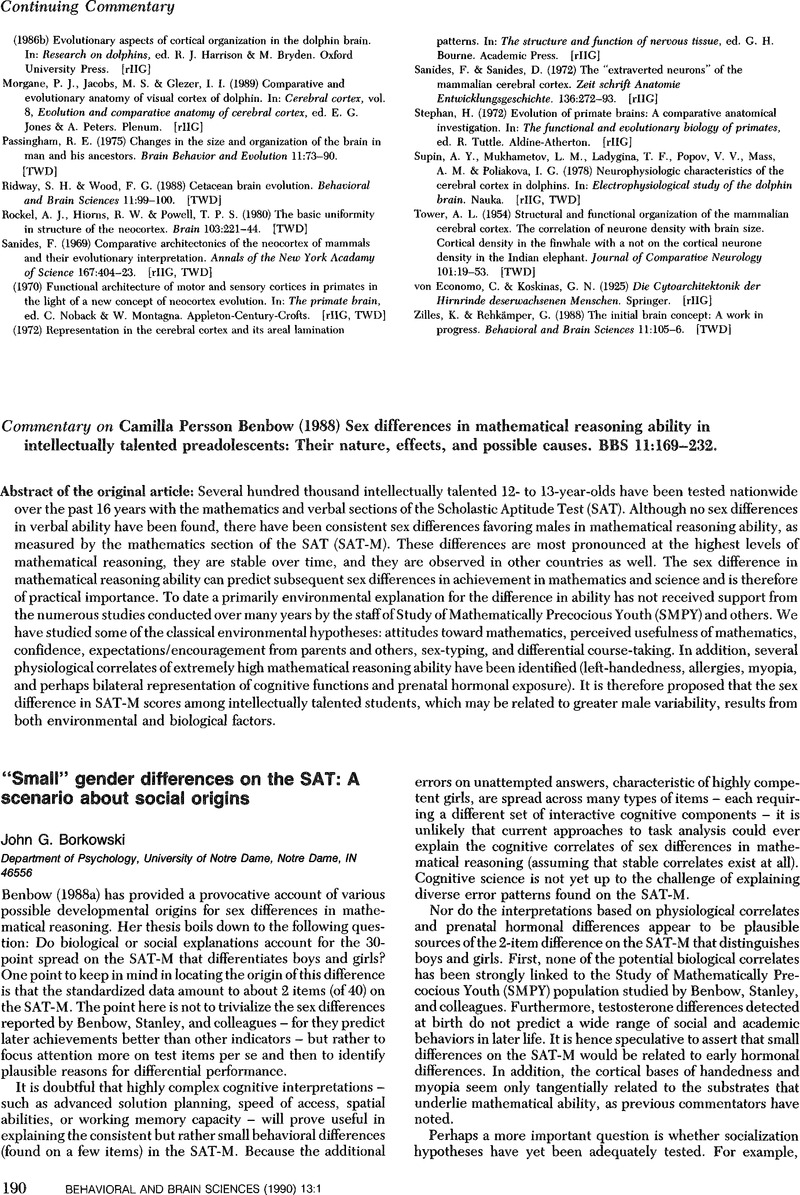Crossref Citations
This article has been cited by the following publications. This list is generated based on data provided by Crossref.
Feist, Gregory J.
and
Gorman, Michael E.
1998.
The Psychology of Science: Review and Integration of a Nascent Discipline.
Review of General Psychology,
Vol. 2,
Issue. 1,
p.
3.



